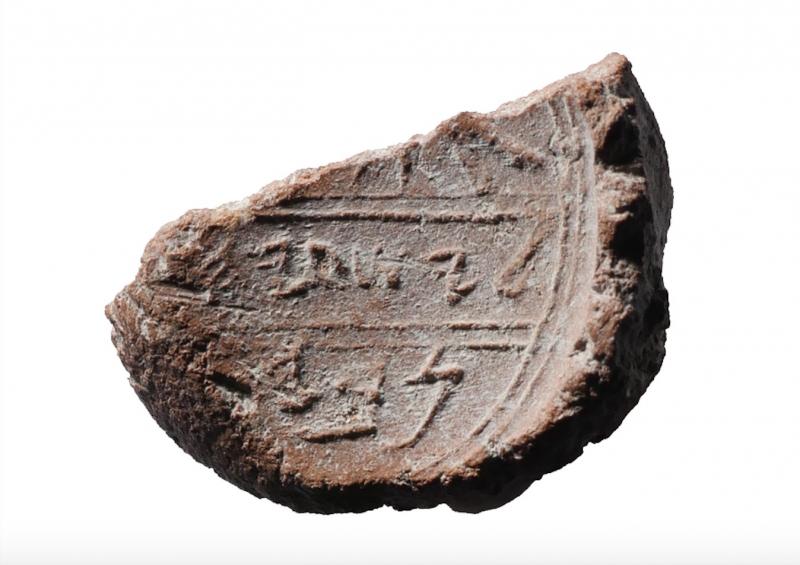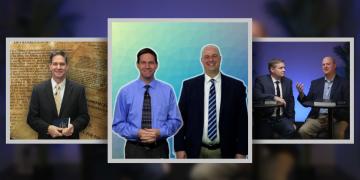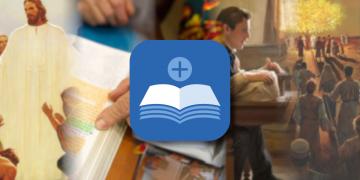You are here
New Archaeological Evidence for Book of Mormon Prophet Isaiah
A new archaeological excavation at the south of the Temple Mount in Jerusalem has just barely uncovered an 8th century seal impression that might have belonged to the biblical prophet Isaiah, revered by Nephi and other Book of Mormon prophets.
What Did They Find?
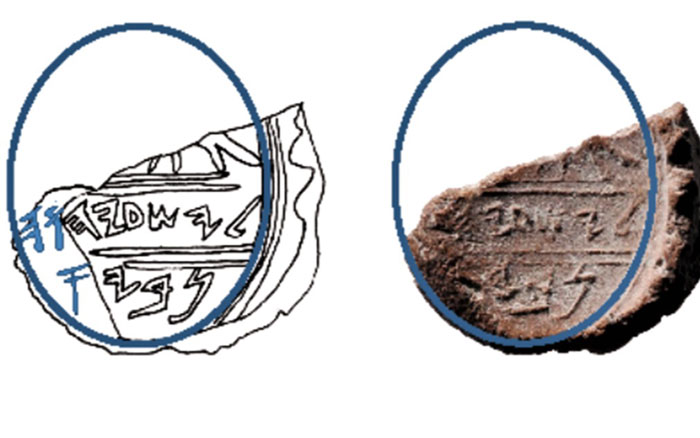
This seal impression is a small piece of clay that potentially has huge ramifications for the historicity of the Bible and the Book of Mormon. In the ancient Near East, people would “sign” their name on documents and property by pressing a signature bulla into clay to make a signature impression. This “signature” seal impression contains writing in paleo-Hebrew that says l’Yesha’yah[u], or “belonging to Isaiah.”1
The words “belonging to Isaiah” take up the first readable line on the seal impression. The second line contains only a partial word, with the paleo-Hebrew letters for N-B-Y. Depending on what the missing letters are, this second line could potentially be spelling the word in Hebrew for “prophet”. If this seal impression does indeed say “belonging to Isaiah the prophet,” then this would almost certainly belong to the actual 8th century prophet as described in the Old Testament.
With that said, there is no way to know for sure what those missing letters are, so we can’t be sure that this is the Isaiah. What we can know with certainty, is that an Isaiah existed in Jerusalem at the time of Isaiah the prophet.
Where Did They Find It?
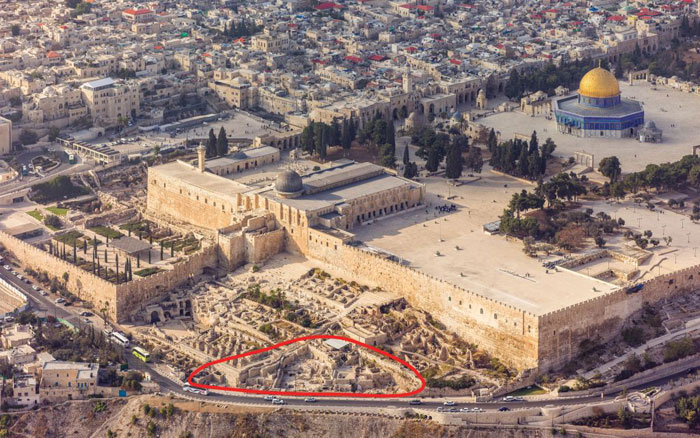
Respected Hebrew University archaeologist Dr. Eilat Mazar and her team found this remarkable find while excavating just south of Jerusalem’s Temple Mount, in an area called The Ophel.
The Ophel archaeological site, as indicated in the image above, is directly south and east of Jerusalem’s Temple Mount, which now houses two sacred pilgrimage sites to Islam. In biblical times, the Temple Mount was the location of Solomon’s, and later Nehemiah’s and Herod’s, temple. In this area south of the biblical temple, there lie several prominent structures built by King Solomon, including Solomon’s palace, known as the High House of the King in Nehemiah 3:25.2
Isaiah’s bulla was discovered near a building in the Ophel called the Building of the Royal Bakers. This building was preserved to a height of about 13 feet, and contain many remains that indicate it was last used by the royal bakers before the Babylonian destruction in 586 B.C. (2 Kings 25; 2 Chronicles 36).3 The bulla was found 6.5 feet southeast from the wall of the Building of the Royal Bakers, and only 10 feet away from where the now-famous Hezekiah seal was found in 2015.4
What Does This Mean for the Book of Mormon?
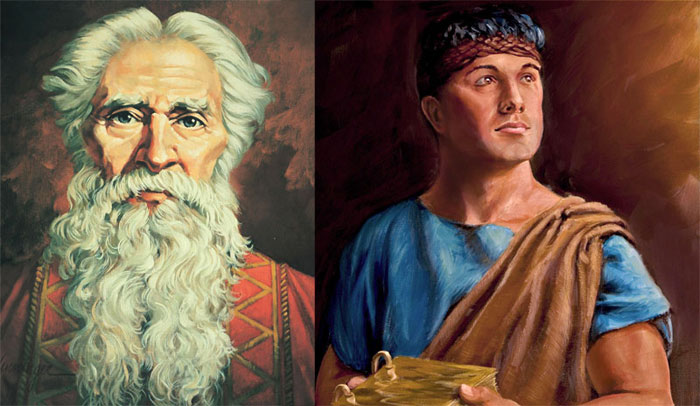
Isaiah is the most quoted prophet in the Book of Mormon.5 Nephi used Isaiah all over his writings, and said, “my soul delighteth in [Isaiah’s] words.” (2 Nephi 11:2). Nephi quotes Isaiah for a whopping 13 chapters straight in 2 Nephi 12–24, and continues to quote and refer to him throughout the small plates.
Nephi is not the only one who uses Isaiah. Abinadi quotes several chapters of Isaiah in his trial before King Noah (Mosiah 12–15) when Noah’s priests quiz him, and to teach about the Atonement of Jesus Christ. Most significantly, Jesus Christ himself praises Isaiah in 3 Nephi when he says, “great are the words of Isaiah” (3 Nephi 23:1). You can read about why Jesus said this in this KnoWhy.
Clearly, Isaiah is a very prominent figure in Book of Mormon writings, and was revered for his powerful prophecies. This new discovery possibly adds further credibility to the Book of Mormon. If the prophet Isaiah truly existed, and wrote in the late 8th century B.C., it supports the Book of Mormon’s heavy dependence on Isaiah’s writings. While there is no way to know for sure if this definitively proves the existence of the prophet Isaiah, it certainly brings us a lot closer.
As Dr. Eilat Mazar herself says,
This seal impression of Isaiah, therefore, is unique, and questions still remain about what it actually says. However, the close relationship between Isaiah and King Hezekiah, as described in the Bible, and the fact the bulla was found next to one bearing the name of Hezekiah seem to leave open the possibility that, despite the difficulties presented by the bulla’s damaged area, this may have been a seal impression of Isaiah the prophet, adviser to King Hezekiah.6
- 1. Eilat Mazar, “Is This the Prophet Isaiah’s Signature?” Biblical Archaeology Review 44, no. 2 (March/April 2018): 70.
- 2. Mazar, “Is This the Prophet Isaiah’s Signature?”, 66.
- 3. Mazar, “Is This the Prophet Isaiah’s Signature?”, 67.
- 4. Mazar, “Is This the Prophet Isaiah’s Signature?”, 70.
- 5. John W. Welch and Gregory Welch, Charting the Book of Mormon (Provo, UT: FARMS 1999), chart 96, 97, 98, 99.
- 6. Mazar, “Is This the Prophet Isaiah’s Signature?”, 73. Emphasis added.
Subscribe
Get the latest updates on Book of Mormon topics and research for free


